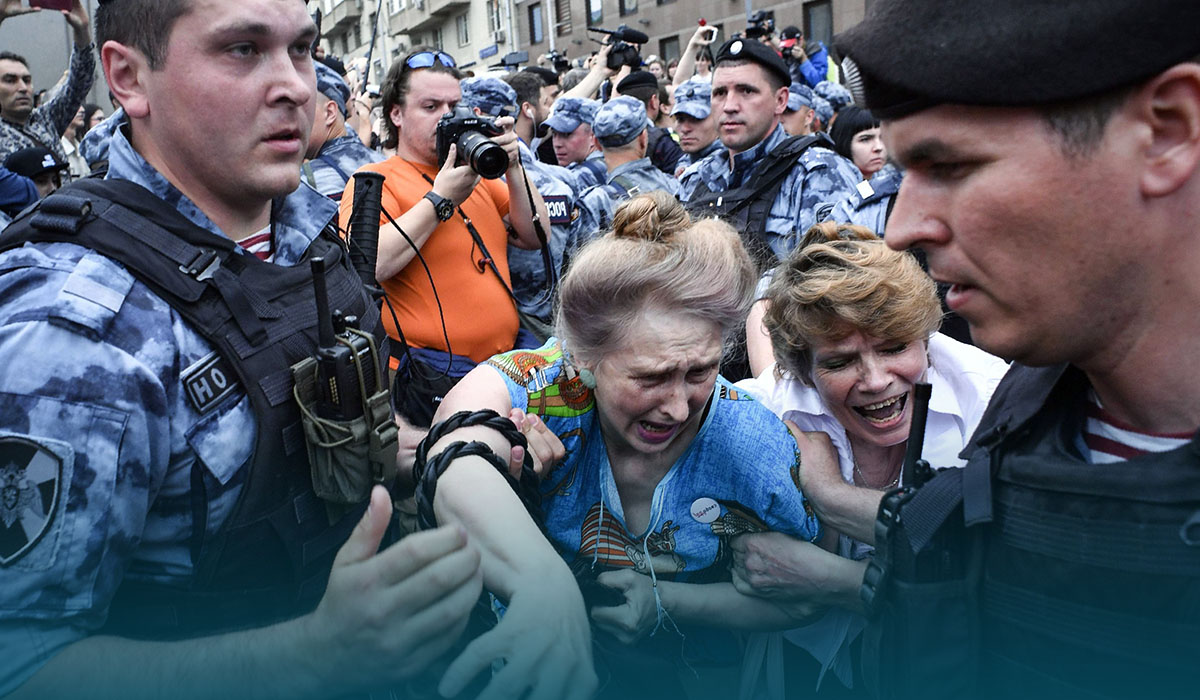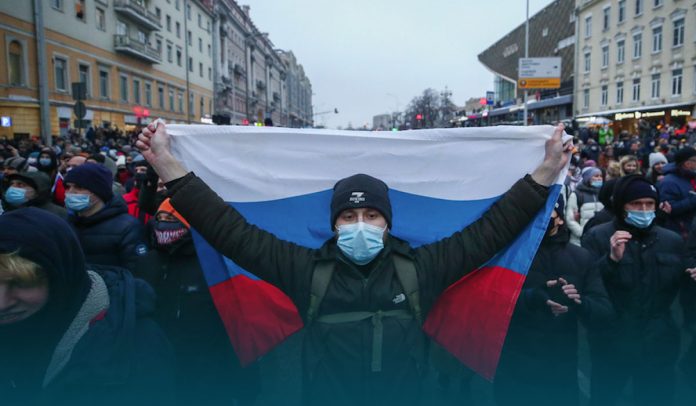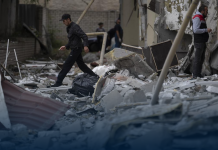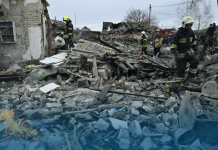Russian law enforcement agency arrested more than a thousand people at protests across the country on Wednesday (April 21) in support of Putin critic Alexei Navalny, the Kremlin critic on the 3rd week of a hunger strike to get better health care while in prison.
Major Facts
Despite a current ban on protests in Russia, according to Russian protest monitoring group OVD-Info, the largest number of detentions have been in St. Petersburg, where 351 protestors were in custody.
#BREAKING More than 1,000 detained at pro-Navalny protests in Russia: monitor pic.twitter.com/pAlrN3NYlG
— AFP News Agency (@AFP) April 21, 2021
The largest demonstrations were in Moscow, although estimations differ on the attendance. According to the Moscow Times, the Russian Police Force says there were almost six-thousand protesters, while Navalny’s allies supposed the number was closer to sixty thousand.
Protestors demanded that Navalny, 44, be permitted to have access to his personal medical team to treat health issues that some Russian medical experts say could be related to his poisoning in 2020, authorities refused, and on April 18, he was moved to a prison hospital.
An independent NGO that observes protests in Russia, OVD-Info, stated on Twitter that the protests had taken place in over 90 cities across the country and had led to nearly 1600 arrests, although the number is hard to prove. The monitoring group also stated there were reports that the police department had used lachrymator and stun guns on demonstrators, but these are unconfirmed.
VIDEO: Thousands of pro-Navalny protesters gather in Moscow to protest his detention and back calls for the hunger-striking Kremlin critic to be given proper medical care.
Defying warnings and a huge police presence, the protesters marched near the Kremlin chanting “Freedom” pic.twitter.com/O3fxXmyfRe
— AFP News Agency (@AFP) April 22, 2021
International and domestic scrutiny of Russian President Vladimir Putin’s treatment of Navalny has ramped up in the previous week, as reports of Navalny’s poor health because of his hunger strike circulated, with one spokesperson saying that the patient Navalny ‘can die at any moment‘.
On Tuesday, Navalny said to the public in a social media post that if people saw him then, they would laugh. He looks like a skeleton walking and swaying around his cell.
Main Background
Putin’s critic, Navalny’s advocates, called the demonstration to coincide with an annual speech by the Russian President, who on Wednesday said groups that ‘threaten their core security interests will regret what they have done as they have never regretted anything for a longtime,’ extensively interpreted to be a jab at Western administrations like America demanding Navalny and supporters be freed.
Wednesday (April 21) marked the first significant demonstration by Navalny’s supporters since January 2021, when thousands of protesters across the country were taken into law enforcement custody over two weeks. Navalny’s female supporters led smaller Valentine’s Day protests in February to show solidarity with Yulia Borisovna Navalnaya, Navalny’s wife.
Jake Sullivan, National Security Advisor, said that Russia would be held answerable by America and its allies if he dies on Mr. Putin’s watch. Alexei Navalny and his team uphold he was poisoned with a Soviet-grade nerve agent by Russian Federation security agents on directions from Russian President Putin, a theory the United States and the United Nations (UN) supports. The Russian administration denies the allegations.

Source: Web
The German administration said toxicology reports displayed ‘unequivocal evidence’ that Alexei Navalny was exposed to a nerve agent in the Novichok family, developed by the Soviet Union. Moreover, Toxicology tests conducted in Sweden and France also came to the same statement.
Navalny,44, has accused the Russian President of ordering the poison attack, although Mr. Putin and the Kremlin have continually denied having a part in the poisoning.
Read Also: Russian president Putin reacts to U.S. President Joe Biden’s criticism








